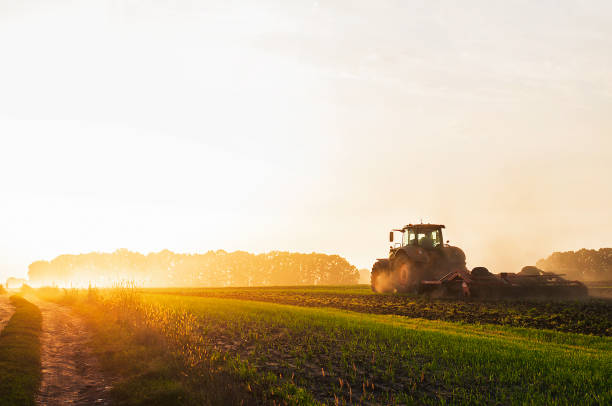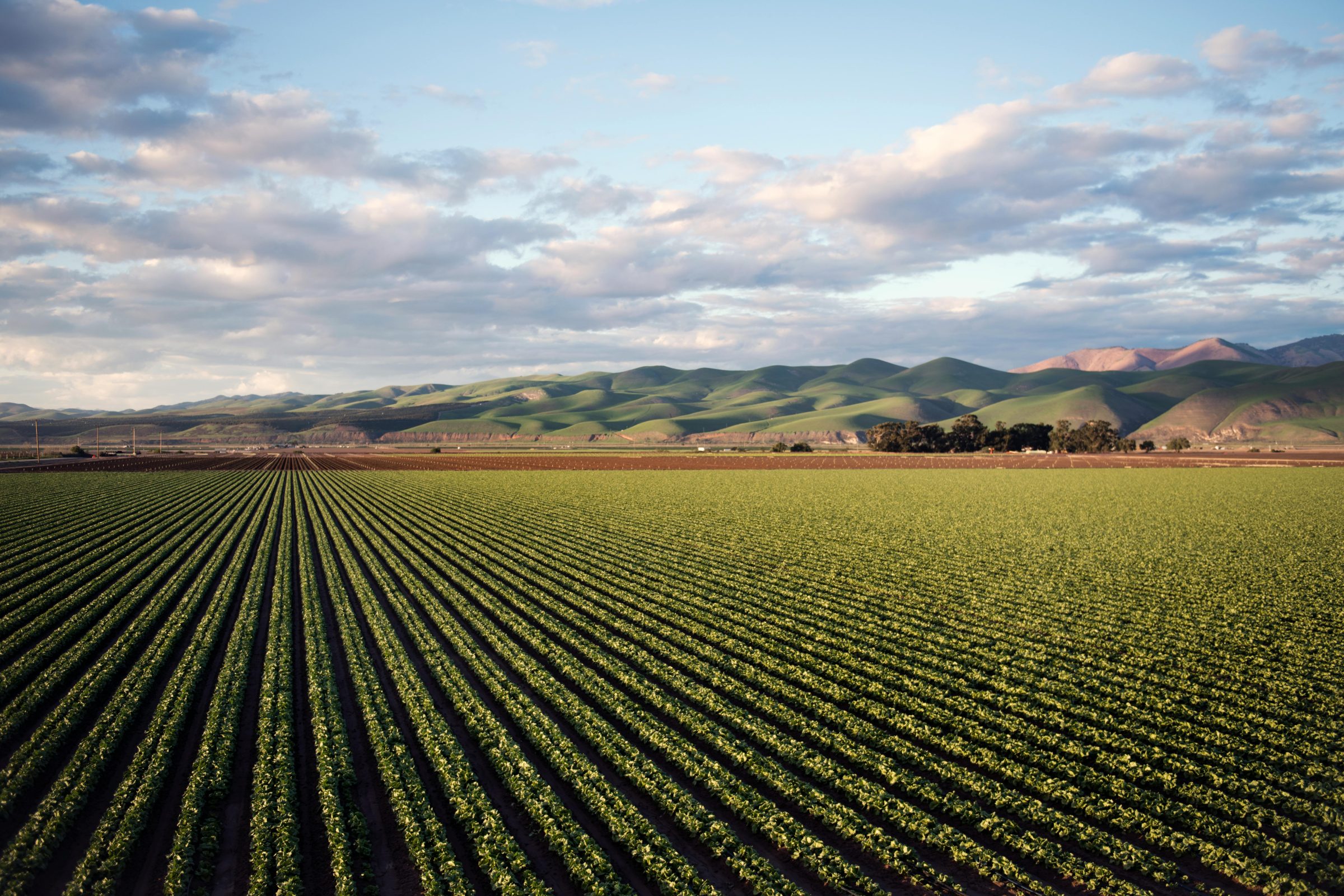Red Cedar Demonstration Farm

Red Cedar Demonstration Farm
“Enhancing soil health is one of the most important things we can do for this and for future generations. That’s because enhancing soil health allows us to simultaneously address so many of our most pressing natural resource needs. It allows us to address water quality, farm profitability, resilience to extreme weather, economic risk, wildlife needs, and many others,” reported Wayne Honeycutt, Ph.D., Deputy Chief for Science and Technology of the USDA Natural Resources Conservation Service.
Dunn County Soil and Water Health Partnership
Promoting Soil Health and Water Quality through Education
Information

What is the Partnership?
Dunn County has experienced heavy rains during the spring time several of the last few years. The result of these rainfalls has re-emphasized to farmers the importance of conserving their most important fixed asset – the soil on their farmland. Farmers and community members have expressed concerns regarding soil erosion, improving conservation practices and better water management to members of the Dunn County Board of Supervisors and government agency staff. These concerns were discussed and resulted in a new partnership being formed to better promote soil health and water quality through education. The Dunn County Soil and Water Health Partnership is just that – a partnership. It is made up of many community members who are all dedicated to our mission. The steering committee members include:
Brent Christianson: Agronomy Management Instructor from Chippewa Valley Technical College, (715) 855-7505, bchristianson16@cvtc.edu
Chase Cummings: County Conservationist for Dunn County Division Land and Water Conservation, (715) 231-6535, chrcummings@co.dunn.wi.us
John Sippl: District Conservationist from Natural Resources Conservation Service (NRCS), (715) 232-2614, john.sippl@wi.usda.gov

Background and Goals
Dunn County once had a School of Agriculture and Domestic Economy from 1902 to 1957 and then continued to have a county farm until the mid-1980s. Since that time the county farmland has been managed by The Neighbors of Dunn County (former Dunn County Health Care Center) standing committee of the Dunn County Board of Supervisors.
Partnership members talked about how it would be ideal to be able to demonstrate best management practices for soil and water conservation rather than simply talking about it. These discussions lead to the Partnership submitting a proposal to the standing committee of The Neighbors of Dunn County for rental of the farmland with the goals of:
- Demonstrating soil and water conservation best management practices for the Dunn County community, area farmers and CVTC students
- Providing an opportunity for soil and water conservation education, on-farm research and field demonstrations.
The standing committee approved our proposal in December 2014 and members have been working diligently on how we can best achieve our goals. CVTC is the lessor of this farmland and will be responsible for the management of the crops, including a farmland rental payment to Dunn County. The steering committee members of the Partnership continue to meet and guide the management of the property during the terms of the 5 year lease agreement (2015-2019). This farmland is located within the Red Cedar River Watershed, which runs through a large portion of northwest Wisconsin, so the Partnership has named this project the Red Cedar Demonstration Farm.

Farm Goals
The Partnership believes that these benefits can be demonstrated at the site of the old Dunn County farm, newly named the Red Cedar Demonstration Farm:
- Heightened awareness of limited and no tillage practices and use of cover crops as effective soil and water conservation practices;
- Demonstrate potential for increased crop yields utilizing fewer inputs, including commercial fertilizer application, fuel for implements, etc;
- Demonstrate increased water efficiency and improve water quality within Red Cedar Watershed;
- Reduce impact of off-site movement of soil, runoff and erosion control of farmland.
Please see below for annual reports on the demonstrations and research being conducted at the Red Cedar Demonstration Farm.




